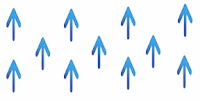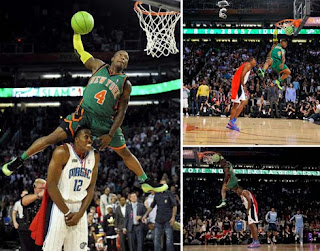In our first lab, we measured the frequencies of tuning forks. The frequency (Hz) is the rate at which something occurs or is repeated over a particular period of time. Once we hit the fork on the sole of our shoe, we placed the Lab quest microphone next to the fork to measure the waves. We understood that the sound waves were harmonics since Ms.Tye told us the tuning forks relate to music. These harmonics and standing waves only occur at certain frequencies (shakes/second).
Fromt he graph on the Lab quest, we saw that each frequency was proportional to the others. Together, these frequencies create music or a blend of harmonics.
Instruments project many harmonics at once which is why we hear music oppose to just noise.
In our second lab, we investigated woodwind instruments and how they are different from string instruments. Our table was given 4 PVC pipes of different lengths.
First: We measured the length and diameter of the tubes in meters.
Second: We used the wavelength equation...L=(1/4 x (wavelength))-(1/4 x (diameter)) to get the length of the wave.
Third: The answer we got from the previous equation was plugged into V=wavelength x frequency to find the frequency.
Fourth: With our frequency, we were able to use Wolfram Alpha to find the note of each pipe.
So in class, we played happy birthday and twinkle twinkle with our pipes. Here is a video of a guy playing more elaborate songs ONLY with PVC pipes! Check it out! It's wicked awesome.
So...what is sound?
Sound are places of no movement of air molecules and places of movement of air molecules.




.JPG)
.PNG)






.JPG)
.JPG)

.PNG)









